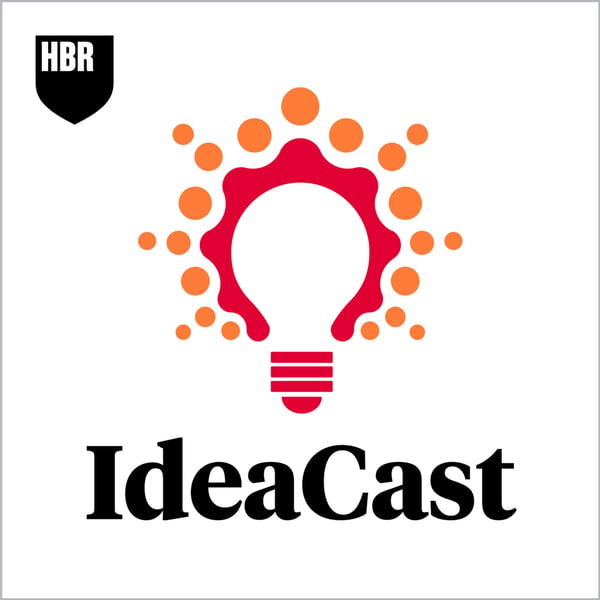The Condensed December 2015 Issue
HBR IdeaCast
Harvard Business Review
4.4 • 1.9K Ratings
🗓️ 24 November 2015
⏱️ 14 minutes
🧾️ Download transcript
Summary
Transcript
Click on a timestamp to play from that location
| 0:00.0 | The Closer Podcast brings you the inside story of deals changing the world, told by the people who know how it all went down. |
| 0:09.0 | Understand the human motivations behind groundbreaking business decisions with host Amy Keene. |
| 0:14.6 | Listen to The Closer, Cast from Harvard Business Review. I'm Sarah Green Carmichael. I'm back today |
| 0:35.0 | with our editor Amy Bernstein to talk about the December 2015 issue. Amy, thank you |
| 0:40.0 | so much for joining us today. Always a pleasure. I want to start with a big new |
| 0:44.4 | article in this issue from Clay Christensen, Michael Rayner, and Rory McDonald. This is a look |
| 0:49.6 | at disruptive innovation, which is something that other publications have really picked up recently and |
| 0:54.2 | been debating. So tell us a little bit about why and how we came back to this topic which |
| 0:59.5 | for us has been a really core topic for a long time. Well, we came back for a couple of reasons. |
| 1:04.3 | The first is that this is actually the 20th anniversary |
| 1:08.0 | of its introduction. |
| 1:09.9 | But secondarily, and not to trivialize it it this theory is taking a couple of really big hits in the last year. |
| 1:17.0 | Critics attack Clayton Christensen's methodology and other stuff about it and and really what we thought was that part of |
| 1:27.2 | the problem is that people don't understand what disruptive innovation is |
| 1:30.4 | anymore it is kind of predictable that when a big idea takes hold in the |
| 1:36.7 | popular culture it becomes it loses the connection to its roots and its real |
| 1:41.5 | meaning and that's what we kind of think happened here. |
| 1:44.4 | But the second thing that has happened here is that Clay has updated this theory. |
| 1:51.2 | He's actually done it quite a lot and if you've ever sat in a |
| 1:54.4 | seminar with Clay, one of the salient qualities of his leadership is that he |
| 2:01.0 | seeks feedback on the ideas. |
| 2:05.0 | And I've seen this several times, I think you have too. |
... |
Please login to see the full transcript.
Disclaimer: The podcast and artwork embedded on this page are from Harvard Business Review, and are the property of its owner and not affiliated with or endorsed by Tapesearch.
Generated transcripts are the property of Harvard Business Review and are distributed freely under the Fair Use doctrine. Transcripts generated by Tapesearch are not guaranteed to be accurate.
Copyright © Tapesearch 2025.

